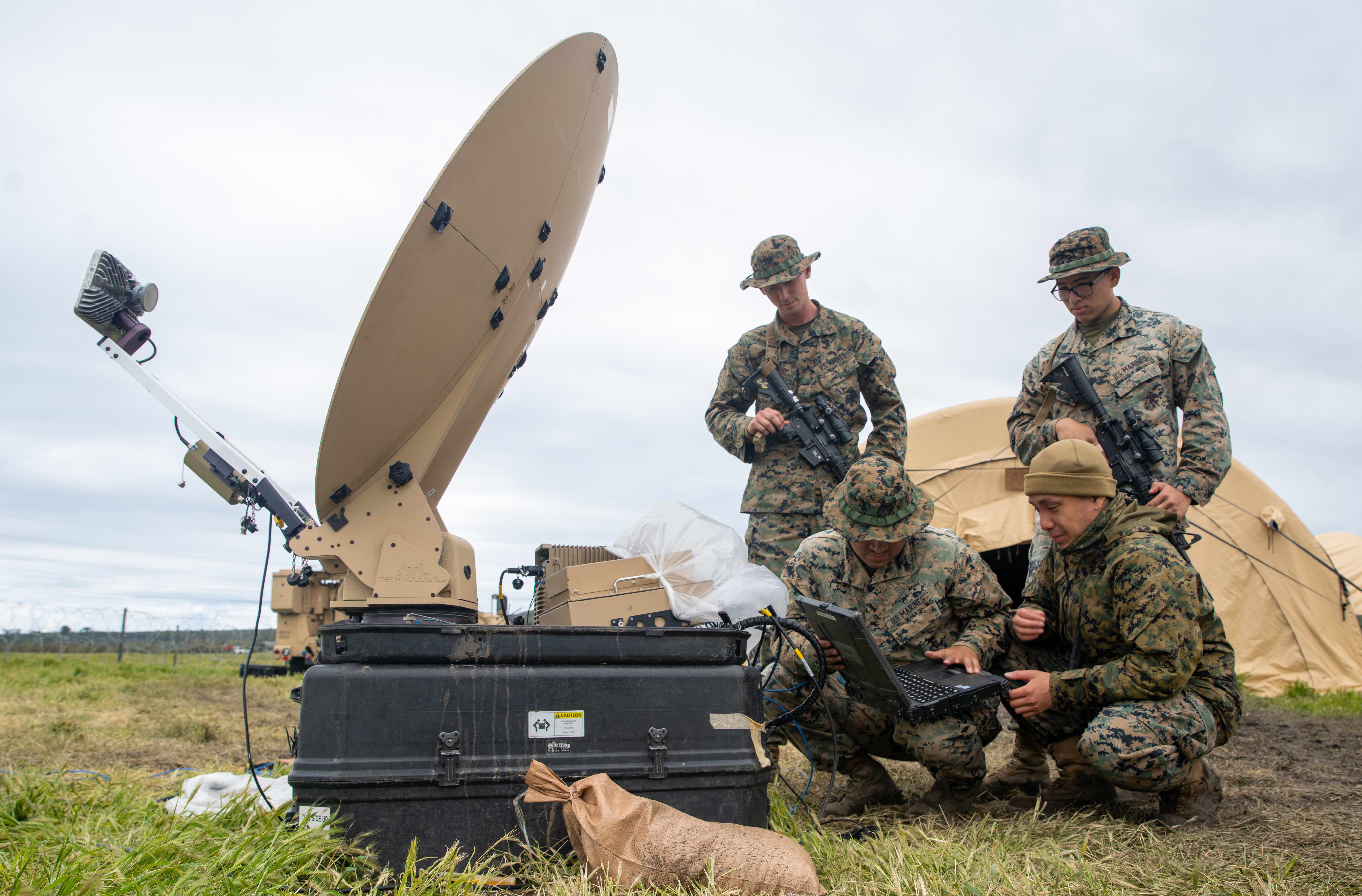
JADC2 Network Key to Managing Forces Across the World, Says Panel
NATIONAL HARBOR, Md. – In the age of hypersonic weapons, commanders will have milli-seconds to act on information gathered from the…
Copyright 2024 U.S. Naval Institute. All Rights Reserved.